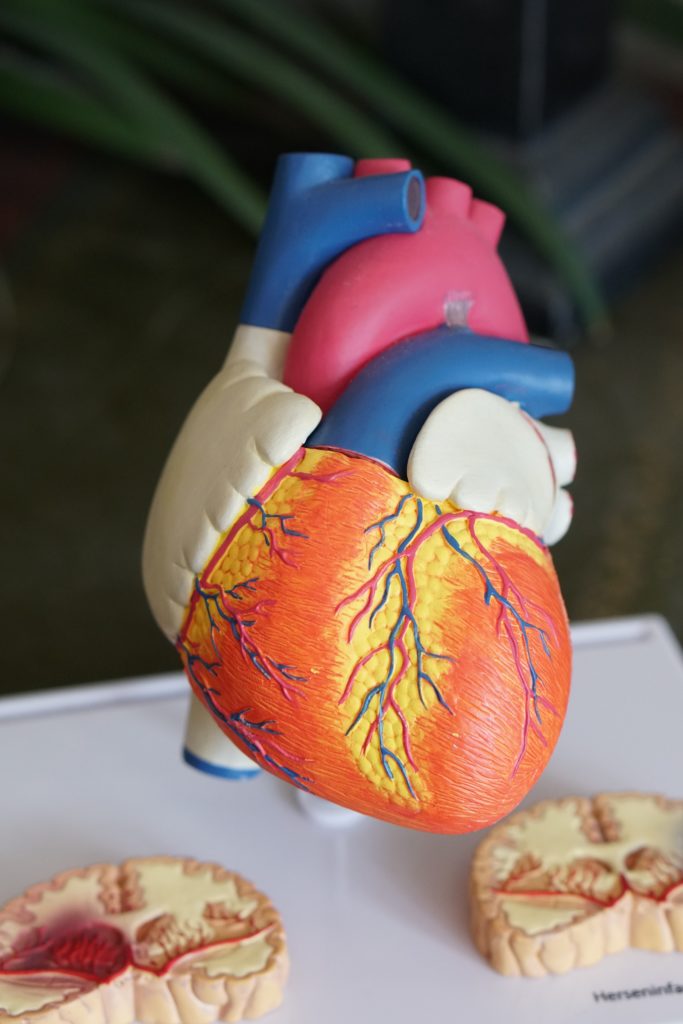All fields are required
Posted in Food Policy on February 4, 2019

Honestly, I have never looked at a family member or friend and thought “wow you look tasty” and the topic of cannibalism is definitely a taboo in our society (no shocker), but did you know that it used to actually be a popular medical remedy? Can you imagine the idea of not taking Advil but instead consuming some human? Or if you got a nosebleed drinking blood to cure it? 17th century humans did these things and really thought they were credible ways of curing all that ailed them. The question is why cannibalism bad for you?
These days we use more conventional medicines and actually go to see people who are medical professionals for our ailments as times have certainly changed. The social stigma of cannibalism is obviously that is is gross first and foremost and it is rarely spoken about these days even though this was once such a common practice.
First, we have learned in more times recent than the 17th century that human meat is indeed a red meat, but it is relatively low in calories. Comparatively speaking human meat only has about 1300 calories per kilogram. Now let us really compare– This is less than beef and nowhere near the amount of calories found in bear or wild boar. Many people would ONLY opt to eat human meat if they were starving, but in reality this would be a poor choice because there would not be enough calories to sustain you anyway.
Proper study of things you can find in the wilderness can yield far more caloric intake than the flesh of our own. Pretty interesting fact is that acorns are a high calorie foraged food if you can boil them to remove the tannic acid that they produce.
Moreover humans carry diseases that could make food poisoning look like child’s play. If a person has any blood-borne illnesses you are going to contract them by eating the uncooked human meat.
Business Insider touched on the idea of cooking human meat which was still happening in the 1950’s and 60’s in some regions: But even if you cook the meat, it still won’t always go well for you. Case in point are the Fore people of Papua New Guinea. They would eat the body and brain of deceased family members out of cultural tradition. But that practice stopped after hundreds of people died in the 1950s and ’60s from an otherwise rare neurological disorder which they contracted from eating infected human brains.
Turns out, the brain tissue contained prions — deadly misfolded proteins that form spongy holes in your brain. They survive the cooking process and, if eaten, are highly contagious.
Medical News Today explains that Kuru is a unanimously fatal, transmissible spongiform encephalopathy; it is a prion-based disease similar to BSE (bovine spongiform encephalopathy), also known as mad cow disease.
Prion diseases are associated with the accumulation of an abnormal glycoprotein known as prion protein (PrP) in the brain. PrP occurs naturally, particularly in the nervous system. Its functions in health are not yet fully understood; however, PrP is known to play a role in a number of diseases, including Alzheimer’s disease.
The Fore people are the only known population on earth to have had an epidemic of kuru and, at its peak in the 1950s, it was the leading cause of death in women among the Fore and their nearest neighbors.
The word “kuru” comes from the Fore language and means “to shake.” Kuru is also known as “laughing sickness” because of the pathologic bursts of laughter that patients would display.
At its peak, 2 percent of all deaths in the Fore villages were due to kuru. The disease predominantly struck down females and children; in fact, some villages became almost entirely devoid of women.
This gender difference in the disease appears to have been for a couple of reasons; Fore men believed that, during times of conflict, consuming human flesh weakened them, so women and children more commonly ate the deceased. Also, it was predominantly the women and children who were responsible for cleaning the bodies, leaving them at an increased risk of infection via any open wounds.
So okay we know the act of cannibalism is obviously not the best health choice that you would make, but is it legal? The act of cannibalism is not illegal in the United States or the United Kingdom, but perhaps the way that someone would come to get the meat is definitely illegal. There is an exception though and let this one sink in; it is not illegal to consume the meat of yourself. This practice is called autocannibalism. Many women practice this when they consume their own placenta after the birth of their child which can pose its own set of risks. Eating one’s placenta is called placentophagy and science is still out on if the myths that eating the placenta will increase post-birth energy and limit the risks of postpartum depression. There are even companies who will take the placenta and grind it and add the grinds into a capsule to be swallowed like any other supplement.
While many regions believed that eating their enemies would give them the strength that the enemy had it is just highly doubtful that consuming a human being would give you anything other than a possible sickness.
Science has looked into cloning humans but those would be off limits for me as well even if I was starving because we now know that we could get more nutrients from foraged things in the wilderness than from our human neighbors and let’s face it there are other ways to bury the hatchet (no pun intended) with people who have made us angry.
Prior cannibals have confirmed that human flesh tastes like pork, so if you have a hankering just grab a nice pork chop and call it a day.
By: Samantha Cooper, Contributing Writer (Non-Lawyer)